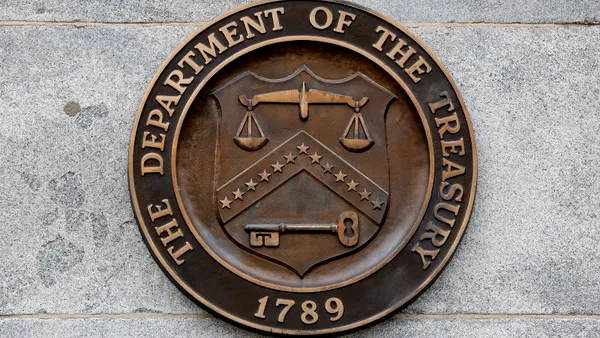As artificial intelligence continues to become widely embedded in critical business decisions, strategies, and operations, it faces growing scrutiny from regulators, customers, and the public. While AI offers unprecedented opportunities for innovation, it also introduces new risks.
To address these challenges, organizations can no longer rely on informal or ad hoc management practices. A trustworthy AI governance roadmap is essential for balancing compliance requirements, ethical responsibility, and scalability for long-term success. Aligning this roadmap with ISO 42001, the first global management system standard for AI, helps organizations operationalize governance while demonstrating accountability.
The Current AI Governance Landscape
Despite its countless benefits, AI systems can unintentionally introduce bias, expose sensitive data privacy gaps, and create new security vulnerabilities, potentially causing reputational harm if organizations are not transparent or accountable with their AI use.
In response to the rapid acceleration of AI adoption and its heightened scrutiny, regulators are moving quickly to put safeguards in place. The EU AI Act introduces a risk-based framework for AI oversight, while emerging U.S. initiatives signal a stronger federal focus on responsible AI. At the same time, customers, investors, and partners are demanding assurance that AI systems are safe, transparent, and fair.
Organizations that lack a robust AI governance strategy risk brand damage, legal exposure, and operational setbacks. Meeting these internal pressures and regulatory expectations requires a structured, proactive approach to AI oversight.
Why a Trustworthy AI Governance Roadmap Matters
A thorough governance roadmap provides a repeatable, scalable framework for embedding fairness, accountability, and transparency into AI systems across their lifecycle. It ensures that organizations proactively establish safeguards that instill confidence and trust among all stakeholders.
Rather than reinventing policies or processes for each new AI initiative, your organization can rely on consistent governance principles that adapt across use cases and evolve over time as you continue to scale your AI.
How to Build Your AI Governance Roadmap in Three Phases
Approaching governance as the following phased journey allows organizations to scale responsibly:
1. Lay the Foundation
- Conduct AI risk and impact assessments to identify vulnerabilities such as bias, security gaps, or privacy risks. Assess and rank risks based on their likelihood to occur and severity of impact. Outline mitigation plans for each level.
- Outline guiding principles and policies that embed fairness, transparency, and accountability. Maintain awareness of current and emerging regulatory and industry requirements and map those into your official guidelines.
- Engage stakeholders and decision makers early and secure leadership support to ensure alignment. Establish the importance of AI governance, define specific objectives, and present your AI guardrails.
2. Establish a Structured Framework
- Implement oversight controls and monitoring workflows to ensure policies are consistently adopted and applied.
- Define clear roles and responsibilities, including decision-making authority, supported by a cross-functional governance board.
- Document governance processes and escalation paths to promote consistency and accountability.
3. Implement, Evolve, and Strengthen
- Pilot and roll out your governance model across the organization.
- Provide training so employees understand their roles and expectations for responsible AI use.
- Track key performance indicators and continuously refine policies as technologies, regulations, and organizational needs evolve.
How ISO 42001 Strengthens AI Governance
ISO 42001 provides a certifiable framework that supports each stage of this journey:
- Foundation: It guides organizations in identifying and mitigating gaps and risks, setting policies, and aligning stakeholders.
- Framework: It standardizes roles, responsibilities, workflows, and documentation, reducing ambiguity and strengthening oversight.
- Implementation: It emphasizes measurement, training, and continuous improvement to ensure governance remains dynamic and resilient.
By aligning your roadmap with ISO 42001, you move beyond conceptual policies to an auditable, certifiable system. This ensures AI innovation is grounded in measurable controls and recognized best practices.
Moving Forward with Your AI Governance Roadmap
Building a trustworthy AI governance roadmap has implications far beyond compliance. It provides the framework to scale responsibly with confidence and earn stakeholder trust.
Whether you’re starting your AI governance journey or refining existing practices, a phased roadmap aligned with ISO 42001 ensures your operations remain ethical, compliant, and resilient. It also positions your organization for competitive advantage as AI regulations evolve and mature.
If you’re ready to learn more about ISO 42001 and how it can align with your AI governance roadmap, Schellman can help as the first ANAB accredited Certification Body for ISO 42001. Contact us to learn more









